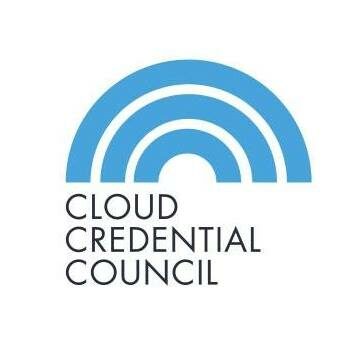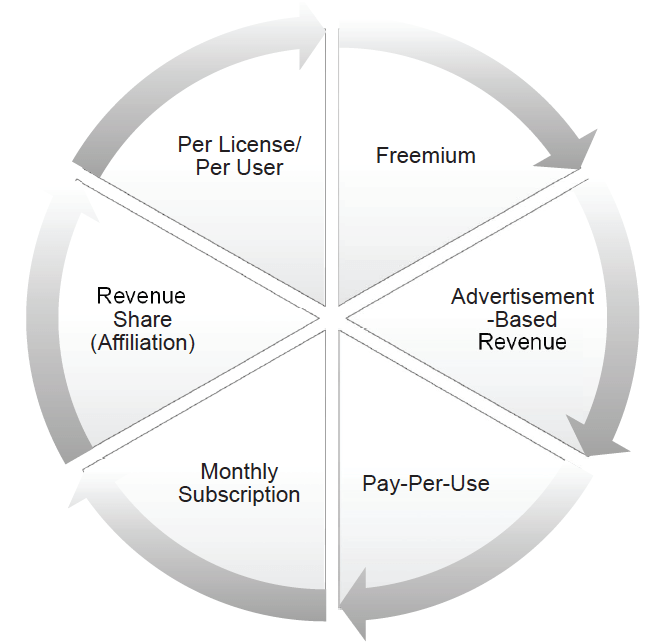Knowledge Byte: What You Need to Know About Cloud Pricing Models

Cloud Credential Council (CCC)

Cloud allows various static and dynamic pricing models, not accessible during the pre-cloud era, where everybody was focused on licensing the solution and charging for maintenance, implementation, and integration services. Cloud brought a new pricing model and, as an enabler, extended existing models with new options.

Freemium, Monthly Subscription, Pay-per-use etc.
Table of Contents
Freemium
Freemium is a business model by which a proprietary product or service, typically a digital offering such as software, media, games, or web services is provided free of charge, but money or premium is charged for advanced features, functionality, or virtual goods. Cloud services are moving closer towards commodity as the cloud vendor marketplace continues to crowd. This pricing model attempts to grab customers in the quickest way. Computing cycles, bandwidth, and storage are getting cheaper. This leads to the assumption that application cloud development will get cheaper by the use of free cloud-hosting environments, storage, and platform services utilization. Freemium, in reality, consists of two words: Free and Premium. It starts for free, later you pay for service labeled as “Premium”.
Advertisement-Based Revenue
Growing faster than any other segment, online advertising, and online video advertising generates hundreds and millions of dollars in revenue each quarter even by small and special-interest websites.
For example, Google AdSense platform and Facebook have both generated significant revenues from cloud-based advertisements and enhanced to mobile device platforms, which is greatly extended by the Bring Your Own Device (BYOD) concept.
Pay-Per-Use
There is a wide expansion of cloud XaaS models to pay-per-use or in other words “utility-type” pricing. These price models are now common for the IaaS and SaaS cloud deployments models. Examples of services:
- Utility computing; for example, Storage as a Service and IaaS.
- On-demand computing or any capability on demand; for example, content on demand. From cloud application development standpoint, this is one of the best pricing models with maximal flexibility. However, not all applications and integrated services are designed to follow this model.
Most of the mission-critical applications have not been designed for elasticity and on-demand usage. Another complication is that the “pay-per-use” model must be handled by a specific cloud billing system, usually classified as a chargeback mechanism. However, one of the biggest advantages of this model is the ability to select different service providers as per each use of particular capability or utility, so this model has the best granularity of elastic service usage.
Today, pay-per-use is mostly used in IaaS, but the market is growing in PaaS, SaaS, and PaaS too. This is the most flexible and predictable pricing model enabled by cloud. This will become the most acceptable pricing model in the near future for its unprecedented flexibility.
Monthly Subscription
This is one of the most common payment mechanism, but it’s important not to limit the commitment period just because the payment frequency is monthly. A good service level agreement allows the customer to make the commitments for 2–3 years when subscribing. This often allows customers to leverage pay-in-advance or discount price models where they commit to reserving resources of particular cloud service.
In addition, there are various subscription models based on time periods, such as annually, weekly, or even flexible periods where you can define your own commitment. It is a good practice to define monthly subscription of your service with the increasing discount amount. As an incentive, there are often additional services offered for free if customer signs up for longer period or higher amount of seats/accounts.
Per License/Per User
This is one of the most common pricing mechanisms, and this may include a number of seats or named users. Once again, packaging the offering in such a way, as to make premium upgrades available, will help to ensure that customers are getting a low end, easy point of entry and flexibility to upgrade in order to have access to an expanded set of functions and features or to add more users. Leveraging one or more of these monetization methodologies or creating a new one may be the key to explosive and profitable growth for a new cloud solution.
Note: Think outside the box when you are envisioning how to bring your next solution to market.
Revenue Share (Affiliation)
This method provides greater market coverage but requires the ISV to take only a cut of the total revenues and share the rest with its selling partners. The share is most often higher for whoever owns the brand and customer relationship.
Additionally, technical implementation of revenue sharing is nowadays delivered through API Economics with open API Ecosystems, managed on top of existing APIs through API managed platforms. This will enable creation of API facades easily and dynamically in dependency of market dynamics. Good examples are Apigee Edge or MulleSoft AnyPoint platform.
Courses to help you get
results with Cloud
Professional Cloud Developer™
The industry-recognized CCC Professional Cloud Developer certification is based on the Cloud standards developed by NIST and includes best practices on application design for Cloud environments. Importantly, it supports many vendor technology solutions, covering Open Source and major vendor standards. We made sure to include various high-quality reference materials to help you in your career…
Never miss an interesting article
Get our latest news, tutorials, guides, tips & deals delivered to your inbox.
Keep learning




